Ground shipping is currently paused. Local deliveries throughout Long Island will continue as usual. Pre-orders for fall are now open. Non-local orders will begin shipping again in early September. Click here to learn more.
Ground shipping is currently paused. Local deliveries throughout Long Island will continue as usual. Pre-orders for fall are now open. Non-local orders will begin shipping again in early September. Click here to learn more.
| Size | |
|---|---|
| Common Name | |
| Type | |
| Family | |
| Native? | |
| Zone | 3, 4, 5, 6, 7, 8 |
| Height Range (ft.) | 2.00 to 3.00 |
| Spread (ft.) | 1.00 to 2.00 |
| Bloom Time | |
| Bloom Description | White |
| Sun | |
| Water | |
| Maintenance | |
| Suggested Use | |
| Tolerate | |
| Attracts | |
| Growth Rate |
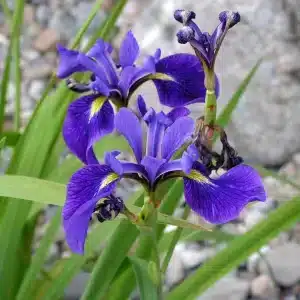
Penstemon digitalis, known as Beardtongue, is a native perennial that elevates garden landscapes with its tall, elegant spikes of tubular white flowers from late spring to early summer.
This easy-care plant thrives in full sun to partial shade and is renowned for its ability to attract bees, butterflies, and hummingbirds, making it a valuable addition to any pollinator garden.
With its striking foliage that remains attractive throughout the season and a tolerance for a wide range of soil types, including dry conditions, Beardtongue is not only a visual standout but also an environmentally supportive choice for gardeners looking to enhance biodiversity.
$12.99 – $129.99Price range: $12.99 through $129.99
Please note: Sizes 1.5 Gallon and up can’t be shipped outside the counties of Nassau, Suffolk, and Queens.
Learn more about how the process works and how our plants are delivered.
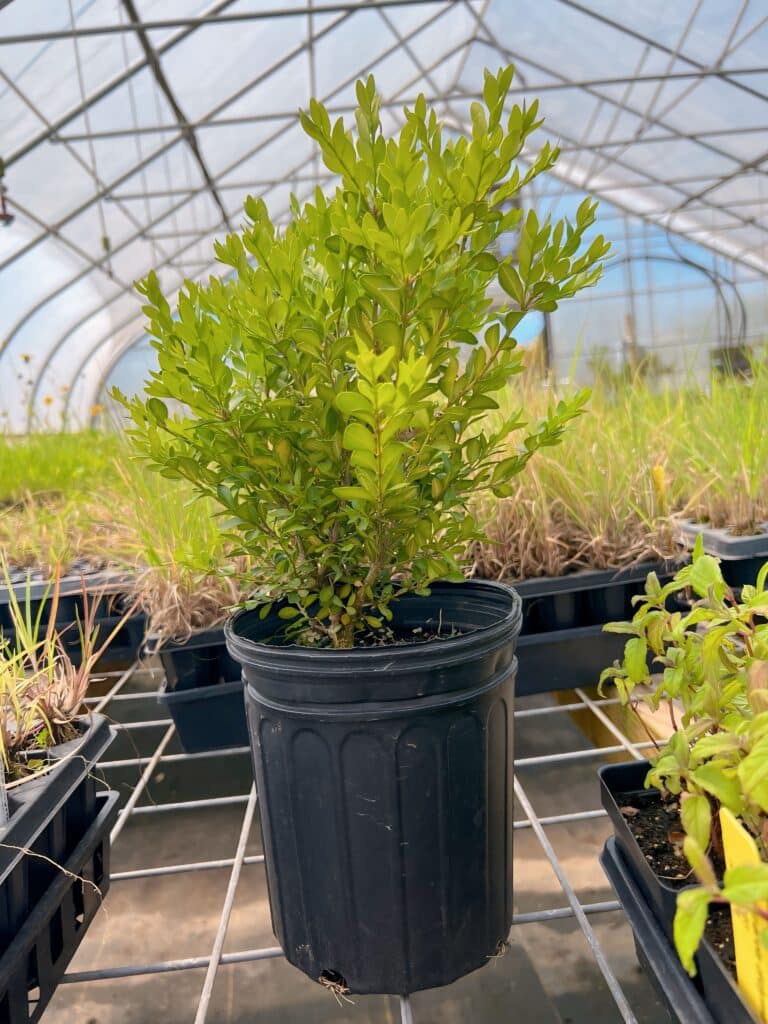
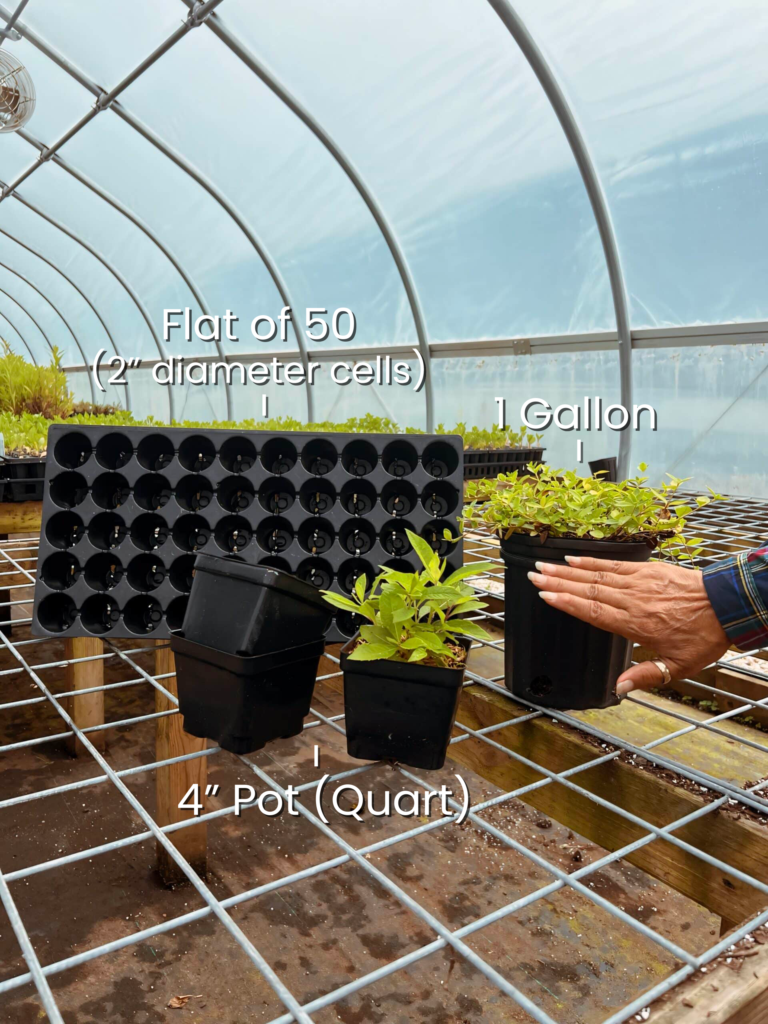
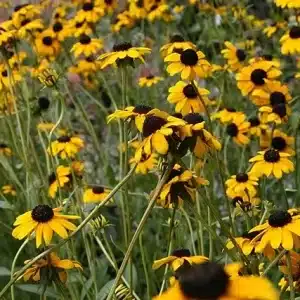
Ground shipping is paused due to summer heat. Only local delivery (Long Island & Queens) is available. Orders placed during the pause will begin processing September 1, and ground shipping will resume September 15.
| Size | |
|---|---|
| Common Name | |
| Type | |
| Family | |
| Native? | |
| Zone | 3, 4, 5, 6, 7, 8 |
| Height Range (ft.) | 2.00 to 3.00 |
| Spread (ft.) | 1.00 to 2.00 |
| Bloom Time | |
| Bloom Description | White |
| Sun | |
| Water | |
| Maintenance | |
| Suggested Use | |
| Tolerate | |
| Attracts | |
| Growth Rate |
Introduce the striking beauty and ecological benefits of Penstemon digitalis, commonly referred to as Beardtongue, to your garden. This native perennial is distinguished by its upright spikes of white, tubular flowers that bloom profusely from late spring into early summer, offering a stunning display that is both elegant and eye-catching.
Beardtongue’s architectural form makes it a compelling focal point in the garden. Pair it with other native perennials like Echinacea (Coneflower) and Rudbeckia (Black-eyed Susan) for a stunning display of contrasting forms and colors. Its height and structure also make it suitable for creating visual layers in the garden, contributing to a dynamic and textured landscape design.
By incorporating Beardtongue into your garden, you’re not only adding beauty but also supporting local wildlife. Its flowers provide essential nectar to a wide range of pollinators, playing a vital role in sustaining the health of local ecosystems.
With its graceful blooms, environmental resilience, and support for biodiversity, Penstemon digitalis is an outstanding addition to any garden looking to combine aesthetic appeal with ecological responsibility. Plant Beardtongue to enjoy a garden that thrives in harmony with nature, attracting pollinators and providing beauty throughout the season.
/5
Total reviews
|
|
Persons recommended this product
Anonymous
Shopper
check_circle Verified
Shop owner replied
Was this helpful
Anonymous
Shopper
check_circle Verified
Shop owner replied
Was this helpful
There are no reviews yet.
Be the first to review “ ”
Your feedback helps us improve our service.
Please log in to submit a review.
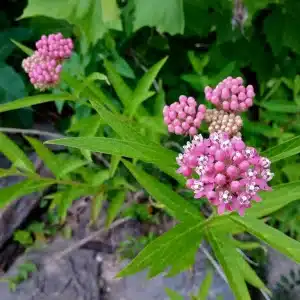
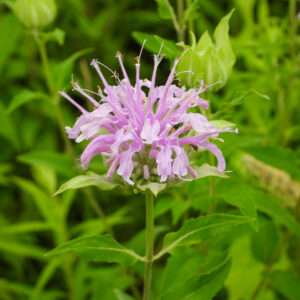
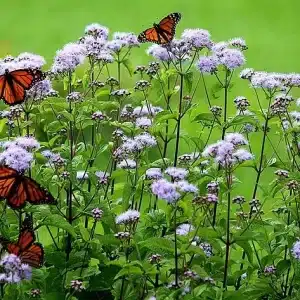
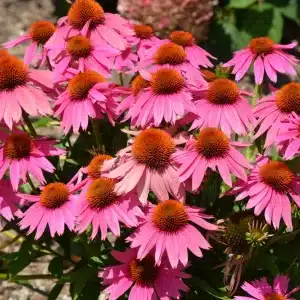
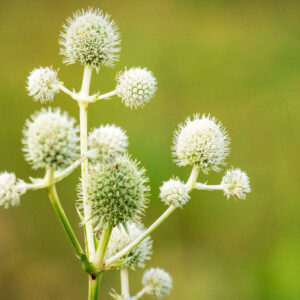

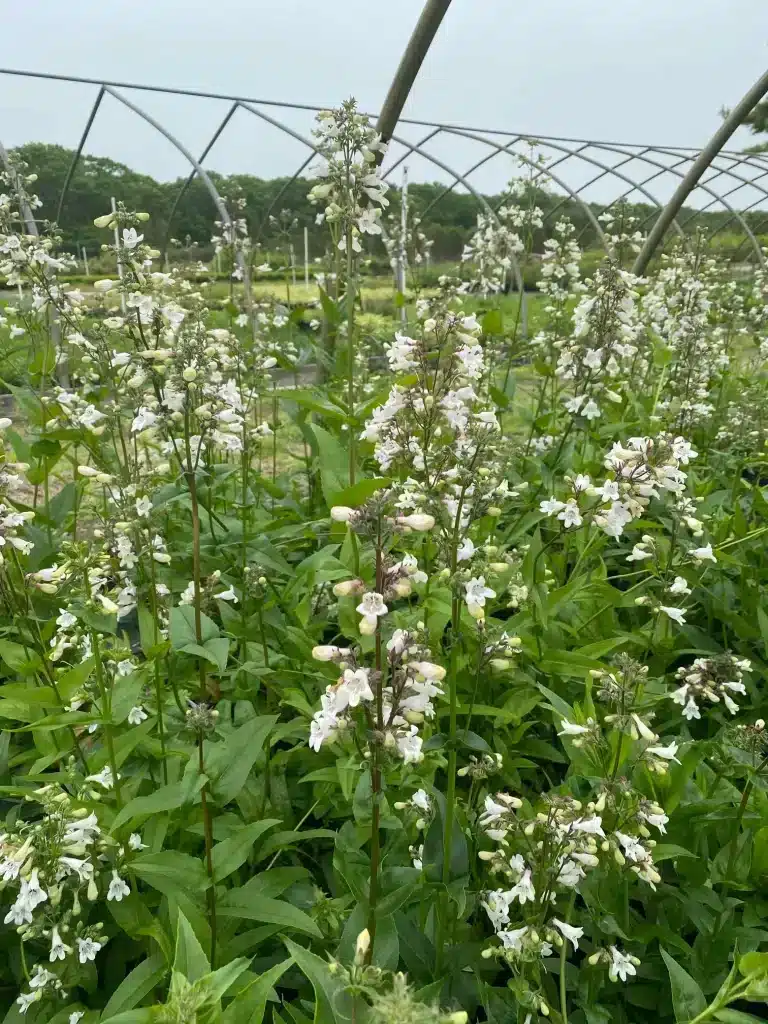
Beardtongue thrives in full sun to light shade and prefers dry to medium, well-drained soil. It tolerates clay, sandy, or rocky soils, making it ideal for prairies, pollinator gardens, meadow-style plantings, and tough, sunny sites.
Penstemon digitalis typically grows 3–5 feet tall and 1.5–2.5 feet wide. It has sturdy upright stems and a clump-forming habit, making it an excellent back-of-the-border or architectural accent in native plantings.
Beardtongue blooms in late spring to early summer (typically May to June) with tall spikes of tubular white flowers, sometimes flushed with pale pink. The blooms are held high above the foliage and attract bees, hummingbirds, and butterflies.
Yes—Penstemon digitalis is a pollinator favorite, especially for native bees and hummingbirds. It’s also a host plant for the Chalcedon Checkerspot butterfly and supports overall garden biodiversity.
Yes—Beardtongue is considered deer-resistant. Its bitter-tasting, somewhat hairy foliage is generally unappealing to deer and rabbits, making it a dependable native perennial in browsing-prone landscapes.
Our gift cards make it easy to share the beauty of plants, flowers, and all things green. Whether for a special occasion or just because, give the gift of choice and let them select their favorites to create a garden they’ll cherish.
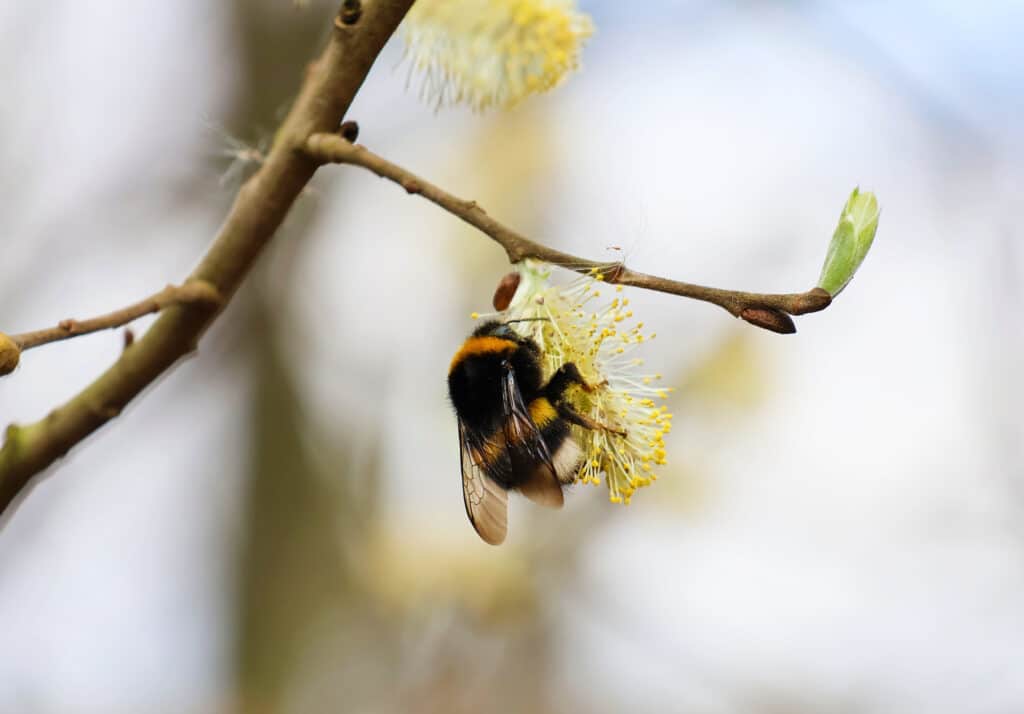
Only Local Delivery Available (Long Island & Queens)
Ground Shipping Paused
To protect our plants from extreme summer heat, we’ve paused nationwide ground shipping to avoid any damage during transit.
Local Delivery Only
We’re still delivering locally to Long Island and Queens, so nearby customers will continue to receive orders as usual.
Fall Pre-Orders Are Open Nationwide!
We will resume normal shipping for non-local orders placed during the pause in early September.
Thank you for your support and understanding—we’re looking forward to growing with you this fall!